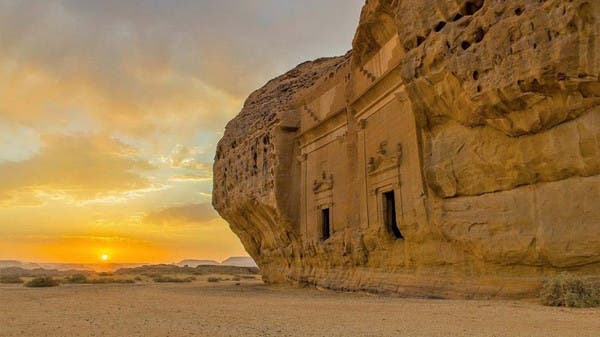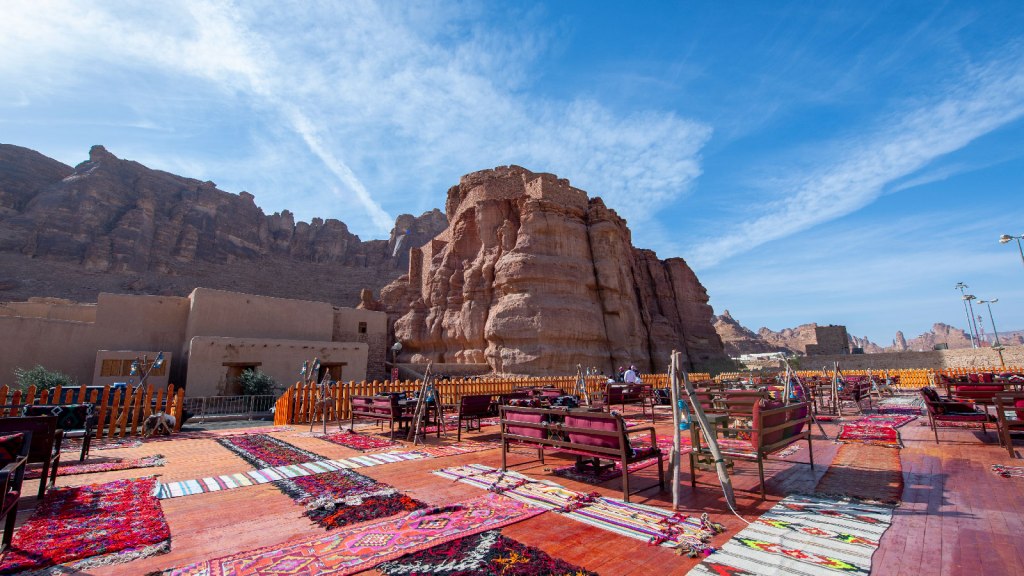Saudi Arabia’s major cultural and heritage attraction Al Ula will reopen this October and for the first time it will be open to visitors years round.
Al Ula contains many archeological treasures including Al Hijir, the first landmark in the Kingdom to be listed by UNESCO as World Heritage Site.
Al Hijir is the remains of a 2,000-year-old city founded by an ancient Middle Eastern people in pre-Islamic times. In the first century B.C. the Nabatean community made Al Hijr their second-largest city, only behind their capital of Petra in modern Jordan.
Al Hijr has attracted visitors from around the world, including foreign dignitaries like Japanese Prime Minister Shinzo Abe and French Foreign Minister Jean-Yves Le Drian.
The site, also known as Madain Saleh, held a strategic location on the ancient trade route in what is now the northwester Al Ula Region of Saudi Arabia. It played a key role in the frankincense and myrrh trades.
The Nabateans constructed houses, temples and tombs, 131 of which remain, made of huge sandstone mounds. There is also an ancient water reservoir system with wells and cisterns.
The place is mention in the Bible and Quran, which it was at the site the pre-Islamic Prophet Saleh asked his people to worship God, though they rejected his message.
The remains of the early Nabatean civilization will open to visitors in the fall along with other historic places in Al Ula, a vast area that covers 22,561 kilometers is on track to become world’s largest living museum by 2035.











